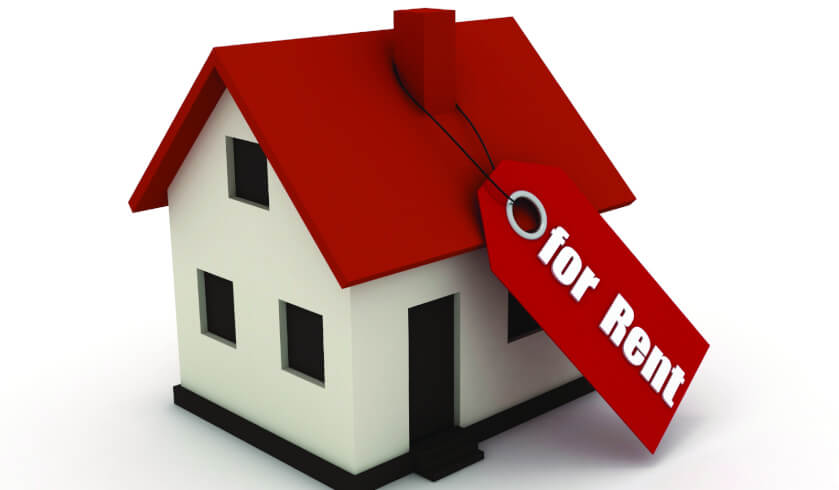Why were 1 million properties vacant on census night?
During the census, over one million properties, 11.2 per cent of all dwellings, were recorded as vacant. An urban planning firm has analysed these results to figure out why these dwellings are empty.

Terry Rawnsley, an economist at SGS Economics & Planning highlighted the fact that, contrary to the view of many properties are left vacant, “there does not appear to be a large pool of dwellings being withheld from the housing market”.
Reasons Mr Rawnsley has given for vacant properties include newly constructed properties that have no occupants, property for sale or under offer, properties in the process of being renovated, the owner passing on and leaving it as a deceased estate, the property is a rental property, or the occupant simply is not home on census night.
The analysis also shows that 11.2 per cent of unoccupied dwellings is not an overly large number, as it is only 0.5 per cent higher than 2011’s census, and is just above the percentage of unoccupied dwellings for the last 35 years at approximately 10 per cent.
“With the 2016 census being broadly in line with historical levels, we can’t blame investors intentionally leaving homes vacant or the rise of Airbnb,” said Mr Rawnsley.
By adding taxes to vacant properties, Mr Rawnsley predicts more properties would be introduced to the market, but “these numbers would suggest that it would only be a very, very small percentage of unoccupied dwellings”.
The breakdown of the categories of unoccupied residential properties on census night 2016 are:
| Category | Unoccupied private dwellings | Share of unoccupied dwellings |
| For sale | 52,000 | 5.0% |
| Rental (short and long term) | 110,000 | 10.6% |
| Newly completed | 55,000 | 5.3% |
| Repairs or alterations | 47,000 | 4.5% |
| Holiday home | 237,000 | 22.8% |
| Awaiting demolition | 16,000 | 1.5% |
| Resident absent | 453,000 | 43.6% |
| Other | 69,876 | 6.7% |
| Total | 1,039,876 | 100% |
The ABS also revealed the breakdown by geographical location, looking at the capital cities and regional areas per state:
| Region | Unoccupied private dwellings | Share of total private dwellings |
| Greater Sydney | 136,019 | 7.3% |
| Regional NSW | 148,683 | 12.4% |
| Greater Melbourne | 167,494 | 9.1% |
| Regional Victoria | 111,136 | 16.1% |
| Greater Brisbane | 68,386 | 7.6% |
| Regional Queensland | 127,171 | 11.7% |
| Greater Adelaide | 47,396 | 8.4% |
| Regional South Australia | 44,829 | 22.0% |
| Greater Perth | 85,744 | 10.5% |
| Regional Western Australia | 47,137 | 18.6% |
| Hobart | 8,806 | 8.9% |
| Regional Tasmania | 23,323 | 16.3% |
| Darwin | 5,529 | 10.0% |
| Regional Northern Territory | 5,184 | 15.0% |
| Australian Capital Territory | 12,590 | 7.7% |
| Other territories | 376 | 19.5% |
“Half of unoccupied dwellings are in regional areas, which really doesn’t fit the narrative of investors leaving properties vacant just for capital gains,” Mr Rawnsley said.
SGS Economics & Planning’s analysis pointed out Sydney’s rate is the lowest unoccupied rate in the country. Inner suburbs are found slightly higher, at approximately 9.5 per cent, with north-west and south-west areas having lower rates.
Melbourne’s rates trended higher at 9.1 per cent. Like Sydney, Melbourne’s inner suburbs continue the trend of higher rates of unoccupied properties at 11.1 per cent, which SGS Economics & Planning attributes to a large supply of new dwellings around August 2016. The Mornington Peninsula area has a significantly higher rate of unoccupied dwellings at 22 per cent, which is attributed to a large number of holiday homes and short-term rentals.

